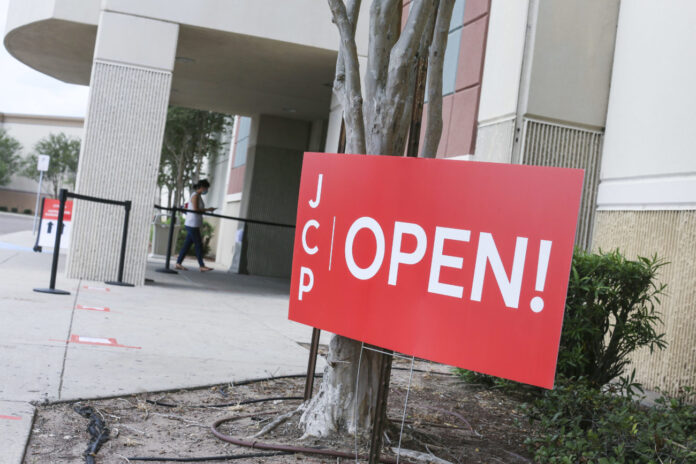HARLINGEN — Coronavirus and other economic disruptions mean Texas is looking at a $4.58 billion revenue shortfall for the current fiscal year, state officials said Monday.
Texas Comptroller Glenn Hegar announced a revised Certification Revenue Estimate which contained the bad news. He attributes the swing in finances to lockdowns and business closings, as well as volatility in world oil prices.
The projected shortfall is a long way from the $2.89 billion positive year-end balance originally projected in the CRE last October.
In a July 20 letter to state leaders, Hegar said the state will have $110.19 billion in general revenue-related funds available for general-purpose spending for the 2020-21 biennium, down from a projected $121.76 billion in October.
What isn’t in the current fiscal projection is the impact of an order directing state agencies to reduce spending by 5 percent. The projection also doesn’t include the possibility of further federal emergency economic assistance.
“The economic contraction associated with COVID-19 has resulted in revenue collections this fiscal year that are much lower than our earlier CRE projections,” Hegar said. “It’s important to note that this revised estimate carries unprecedented uncertainty.”
“We’re assuming the state will effectively manage the outbreak and that infection rates won’t overwhelm our health care system,” he added. “This estimate also assumes that restrictions on businesses and individuals will be lifted before the end of this calendar year and that economic activity will strengthen but not return to pre-pandemic levels by the end of this biennium.”
The pandemic has reduced tax revenues across the board, particularly in hotel, motor vehicle sales, severance and mixed beverage taxes.
The state’s sales tax is its largest source of tax revenue, and has held up better than some taxes, but still has fallen significantly.
This is good news for local communities where sales taxes are a big part of budgets.
Fiscal 2020’s sales tax revenues, buoyed by strong collections in the first half of the year, are expected to finish about 1 percent below fiscal 2019 totals, followed by a drop of more than 4 percent in fiscal 2021.
The Economic Stabilization Fund, otherwise knowns as the Rainy Day Fund, and the State Highway Fund both receive money from oil and natural gas severance taxes. In fiscal 2021, each fund will receive $1.1 billion in transfers from the General Revenue Fund for severance taxes collected in fiscal 2020.
Severance tax collections in fiscal 2021 are expected to drop significantly from fiscal 2020. At the end of fiscal 2021, Hegar’s agency projects an end balance to the ESF of $8.79 billion.
Proposition 7, an amendment to the Texas Constitution approved by voters in 2015, requires the first $2.5 billion in sales tax collections exceeding $28 billion in any fiscal year to be deposited in the highway fund. The highway fund will receive $2.5 billion from sales taxes collected in each year of the biennium, although the final transfer from fiscal 2021 collections will not occur until September 2021, the first month of fiscal 2022.
Hegar predicts the economy will come back strong. The question, however, is whether it will be muscular enough to offset the poor months.
“In the coming months, some economic indicators will establish new records for rates of growth, but those records will be on the back of this year’s unprecedented declines,” Hegar said. “The rebound will leave many measures of economic health below pre-pandemic levels.”
“Consumers and businesses must be confident the virus is controlled before economic output, employment and revenues return to pre-pandemic levels,” he added.





